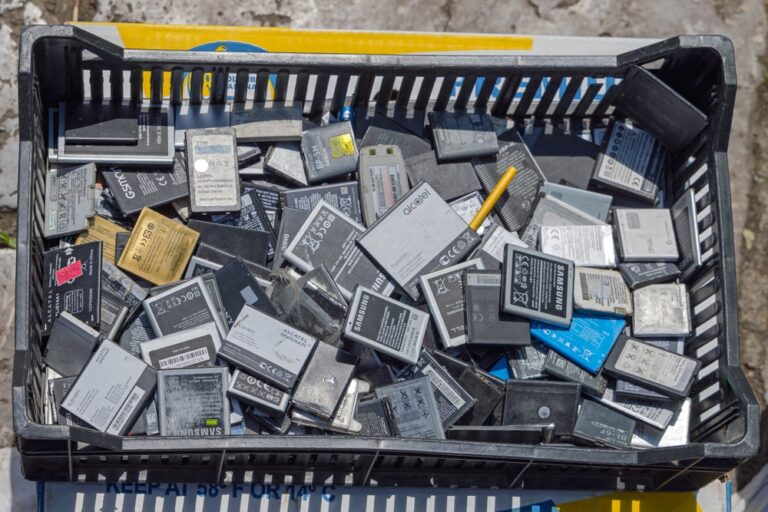
Why Lithium Batteries Are A Fire Hazard & How To Prevent Explosions
Unless you are charging your lithium batteries, you probably don’t pay much attention to the potential fire risks that can occur. In fact, lithium battery fires cost the UK around £100M annually and make up for 48% of all waste fires. This is alarming information, considering we all use lithium battery-powered devices daily. The key to preventing any fire, especially from lithium batteries, is to be aware and notice the sign of a potential explosion.
What are Lithium Batteries Used for?
Lithium batteries are used in far more items than you may think. They are used for most of our cherished electrical devices that we use on a daily basis like mobile phones, tablets and laptops. However, they’re also used for recreational and leisurely items such as vape pens and electric bikes.
Here’s a list of just some of the everyday electronic items that are powered by lithium batteries:
- Mobile phones
- Wireless headphones
- Laptops
- Tablets
- E-cigarettes/vape pens
- Digital cameras
- Calculators
- Gaming Devices
- Cordless appliances
- Power tools
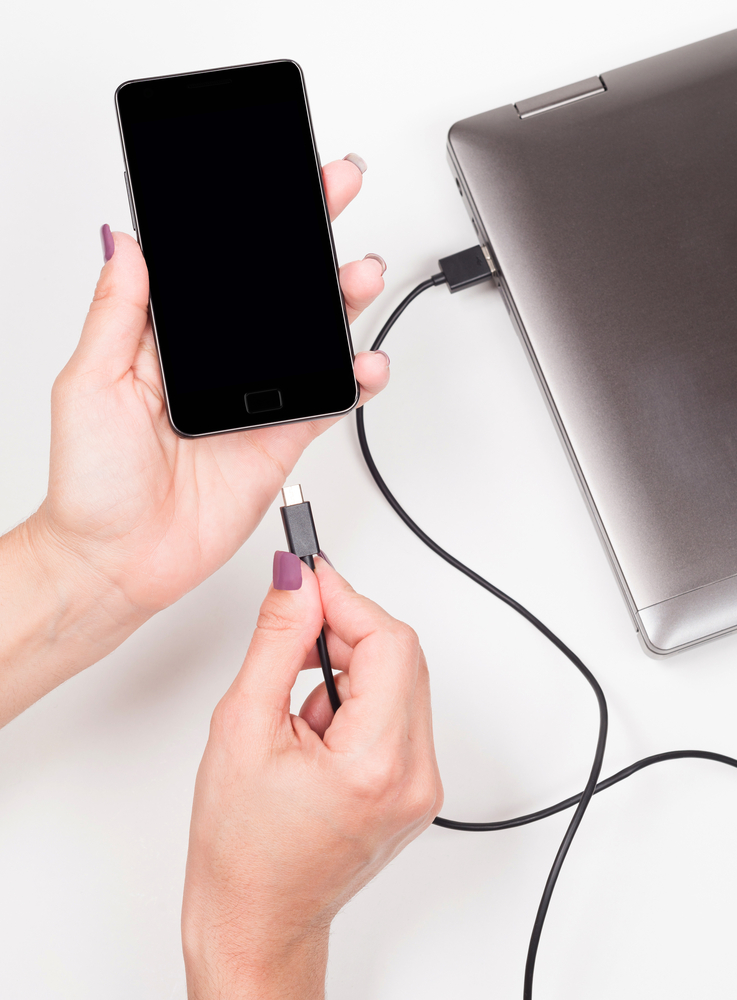
Top Reasons for Lithium Battery Fires
While lithium batteries are considered safe to use, fires can break out due to a number of errors that can occur during manufacturing and through incorrect maintenance.
Design Defects
These days, we want our phones, cars and appliances to be as sleek and slim as possible. However, this can be a recipe for lithium battery overheating. Our quest for compact living and packing batteries into smaller spaces is beginning to take its toll on health and safety. Usually, if there has been an accident with a product, legally, there will be a mass recall, and you will receive a full refund or a free replacement/repair.
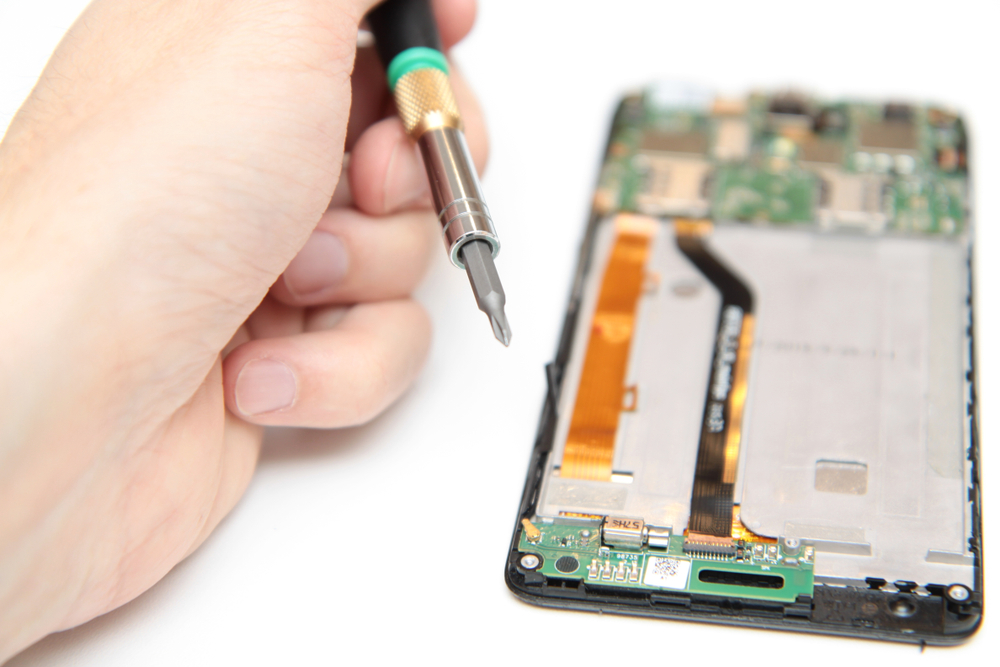
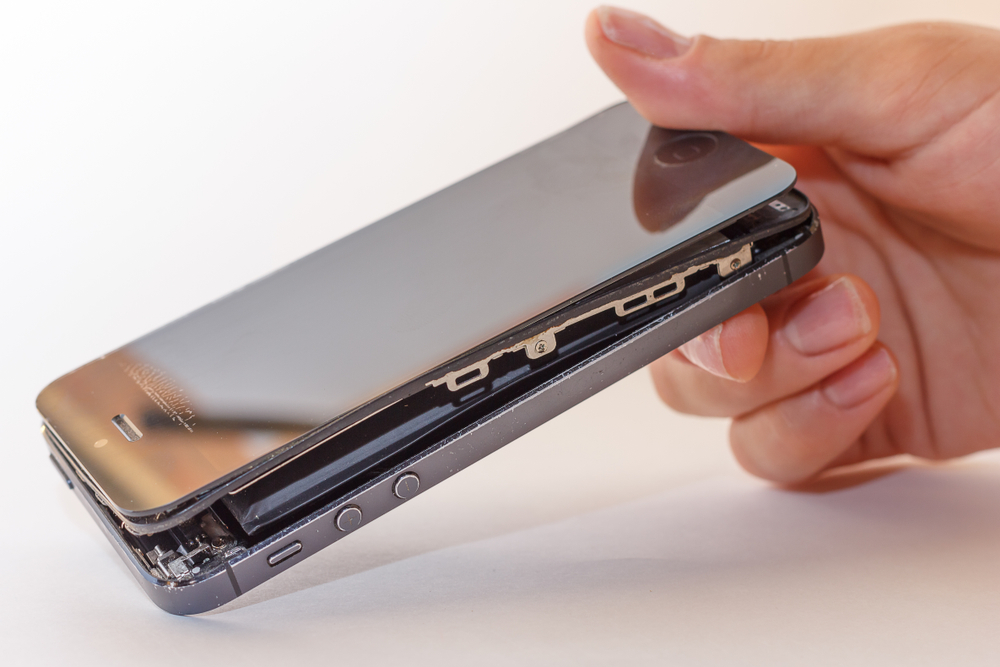
Incorrect Usage & Maintenance
One of the main reasons for lithium battery fires is external factors, such as keeping electronics close to heated areas, causing them to explode. Breaking through to the lithium battery pack can also lead to dangerous consequences. Electric vehicles with lithium batteries should only be disassembled by qualified mechanics at authorised car centres.
Manufacturing Errors
No production line is perfect, and sometimes mistakes are made. While factories operate with stringent and controlled regulations, on rare occasions, metallic particles can enter the lithium-ion cell. This renders the lithium battery defective, and it won’t function properly. Sadly, in worse-case scenarios, it can cause a fiery explosion.
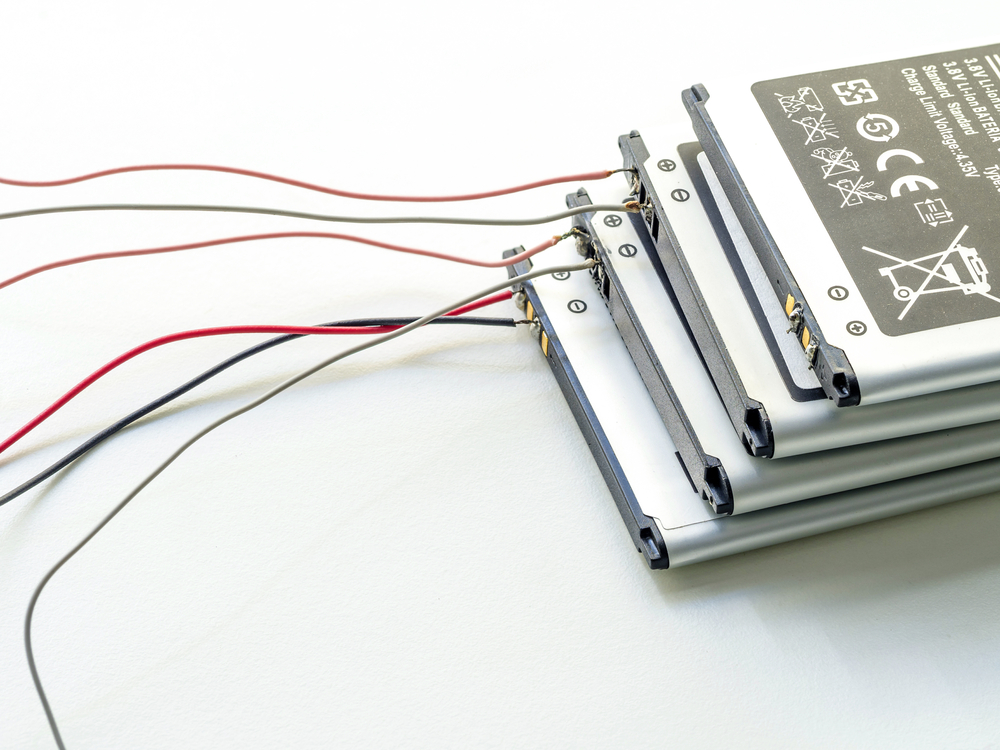
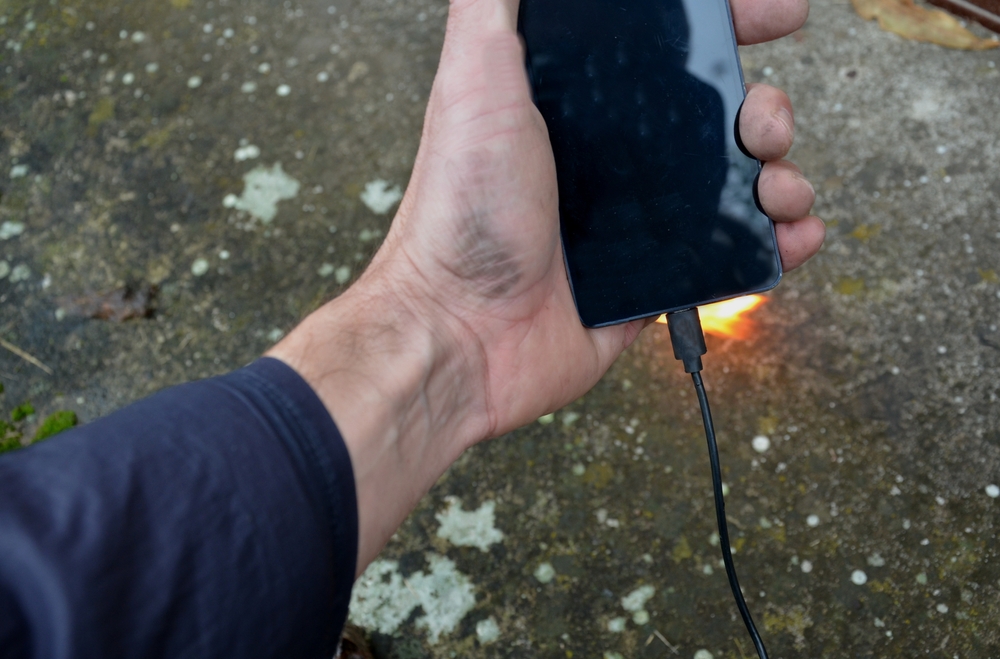
Charging Problems
Most electronic devices like cars and mobile phones have built-in protection to avoid overcharging. However, using an unofficial charger can cause damage to the lithium battery, potentially resulting in a future fire.
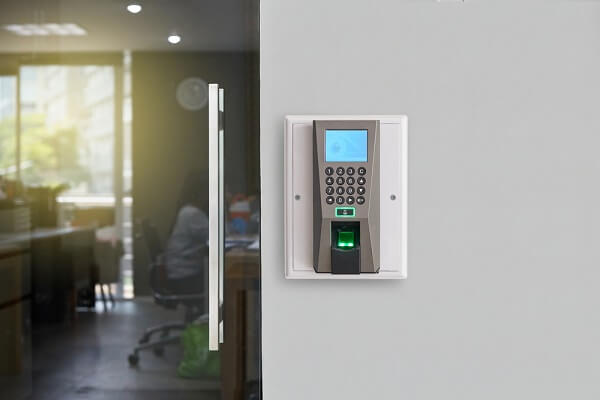
REQUEST A CALLBACK TO DISCUSS YOUR SECURITY NEEDS
How to Spot a Damaged Lithium Battery
There are a few warning signs before a defective lithium battery catches fire. Not only will your electrical items fail, but there are some other subtle indications that an accident is about to occur:
- Excess Heat – we’ve all experienced a super hot mobile phone, usually when charging. While it’s entirely normal for lithium-powered devices to generate heat during usage, if this battery is defective, it will feel extremely hot. This is a sign of overheating and is a fire risk.
- Strange Noises – if you notice your electrical device making a new noise, like fizzing, crackling or hissing, you should take it to a professional as soon as possible.
- Change of Shape – a defective lithium battery will start to swell as it begins to fail. Look out for lumpy areas and strange bulges to determine if you should take it to an authorised professional before it sets on fire.
- Bad Smell – a burning or chemical smell from your device is a surefire sign that something is wrong with the battery.
How do Lithium Batteries Catch Fire?
If you don’t already know, every battery creates energy from chemicals. These chemicals cause reactions which generate a flow of electrons from one place to another.
Lithium batteries use a chemical called Lithium-Ion. This chemical is advantageous because of its ability to recharge and reach high energy levels – more than any other battery. Plus, they can produce a voltage of 3X higher than different types of batteries.
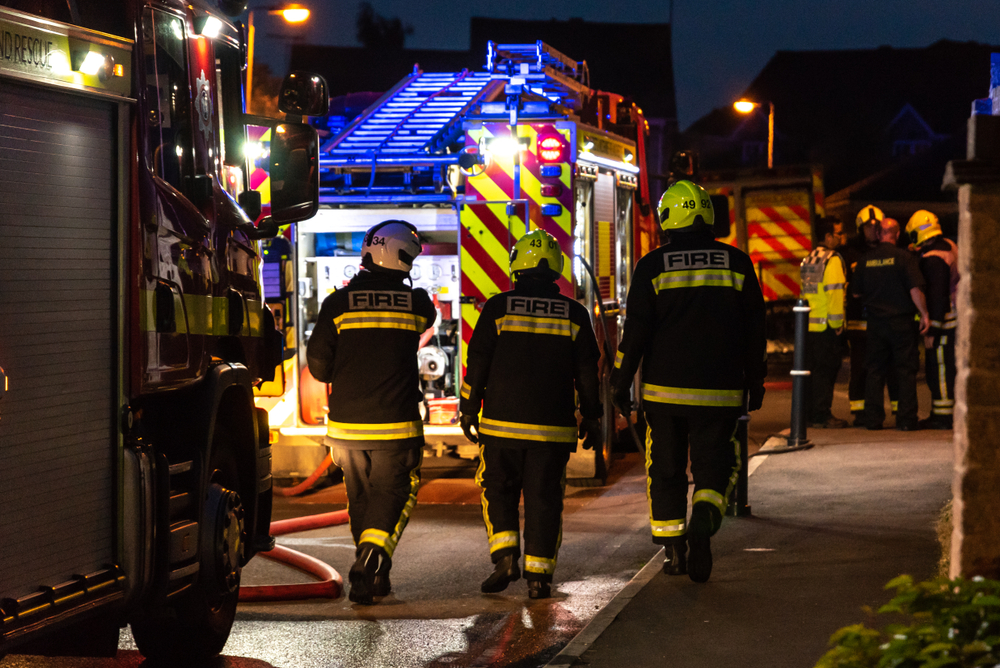
While this is fantastic for our fast-paced society and industrial progression, all that generated heat can cause fires. In addition, these batteries are susceptible to high temperatures and are highly flammable. This risk is amplified if the lithium battery is defective, causing a thermal runway, which can lead to serious explosions.
How Common are Lithium Battery Fires UK?
While lithium fire outbreaks seem rare, they’re actually responsible for around 200 waste fires per year. According to the Environmental Services Association, lithium battery explosions and fires have racked up an excess of £100M per year to fire services, waste operators and the environment.
Ways to Prevent a Lithium Battery Fire
Always Store Devices at Appropriate Temperatures – Keep mobile phones away from heat sources and stow electric cars away in shaded areas to prevent overheating in the sun.
Charge Devices Safely – It’s crucial to prevent accidents when charging lithium batteries. For instance, replenish your batteries at non-combustible charging stations. Also, for smaller devices like mobiles, you should avoid setting them on flammable surfaces like pillows and sofas.
Store Battery Bins Away from Other Storage Areas – This one is critical as lithium batteries are inherently flammable. Keeping lithium battery bins at least 10 feet away from other storage areas is advised. The battery bins should also be made from metal.
Out for Warning Signs – Listen and look out for strange sounds, smells and swelling. If any of these issues occur, you must take it for an emergency assessment as soon as possible.
How to Extinguish a Lithium Battery Fire
If somehow you’ve missed the signs of a defective device, or you’ve accidentally placed your lithium-powered items in a precarious position, and now there’s a fire, here’s what to do:
In the event of a lithium battery ignition, you first need to determine the classification of the fire. These are categorised as A, B, C, D and K. While class C and D fires are caused by electric and metal, lithium batteries do not contain either. So don’t reach for a class D fire extinguisher! In fact, lithium battery fires are a class B hazard (flammable liquid).
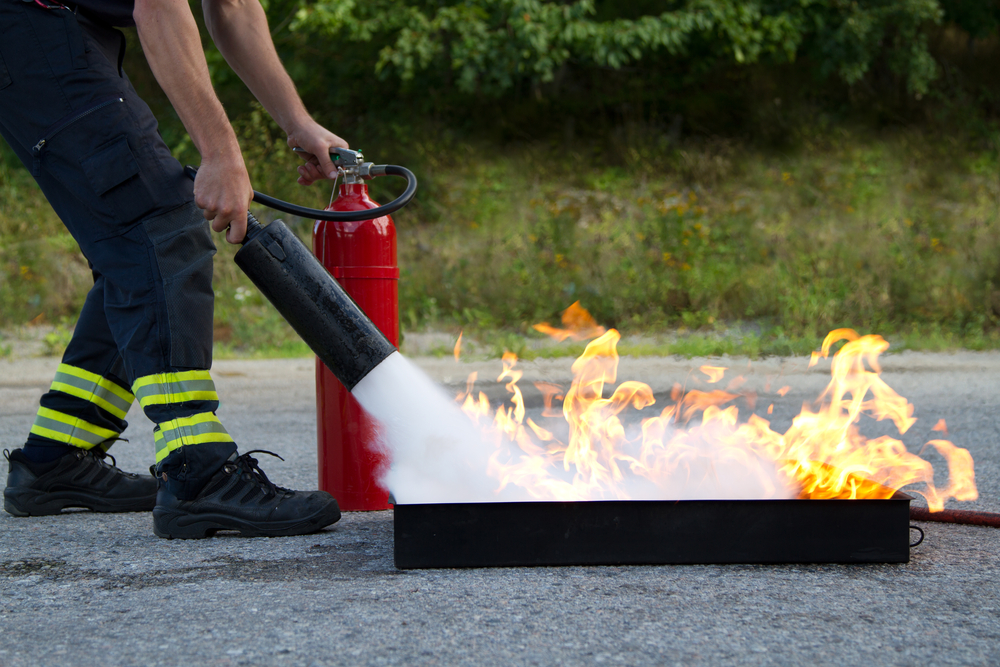
The bad news is that lithium battery fires are prone to reigniting, making bigger furnaces hard to control. And using traditional extinguishers just won’t cut it.
Because the battery caught fire at ultra-high heat, it must be reduced to sub-ignition temperatures. This is done by using lots of cold water directly on the battery until it has cooled down and doesn’t risk re-ignition.
Fire safety in your home and workplace is critical. You should have a fire plan, with appropriate fire extinguishers and fire alarms. This is the best way to prevent harm from a lithium battery fire.
Explore Access Security
Explore Premises Security
Contact Us
Company Name: Tel-Cam Security Systems Ltd
Company # 04066468
5 Broadway Buildings
Boston Road
Hanwell
London W7 3TT
© 2024 TELCAM Fire & Security Services | All rights reserved






